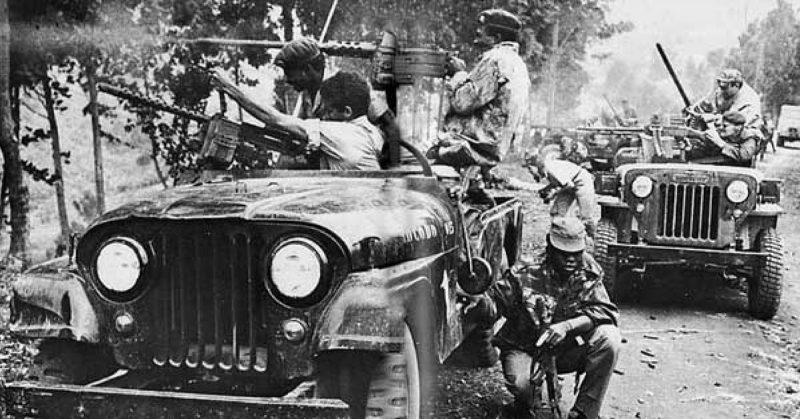A misplaced agenda by the Muslims in the north to take out their Christian rivals led to the killing of the Igbo people in that region of the country and dark days loomed over the Federal Republic of Nigeria.
Nigeria was proclaimed to be an independent nation by Great Britain on October 1, 1960. Six years later, some events led to the disintegration of the Eastern Region of the country and eventually war broke out.
In 1962, a rift between the party leaders of the Action Group (AG), Chief Obafemi Awolowo and Ladoke Akintola, led to the expulsion of the latter from his political party as well as his resignation from his position as premier of the Western Region of Nigeria. However, an alliance was formed between Akintola, the Nigerian Prime Minister Alhaji Tafawa Balewa, and Alhaji Ahmadu Bello (Premier of the Northern Region). A crisis ensued which led to the declaration of a state of emergency in that region.
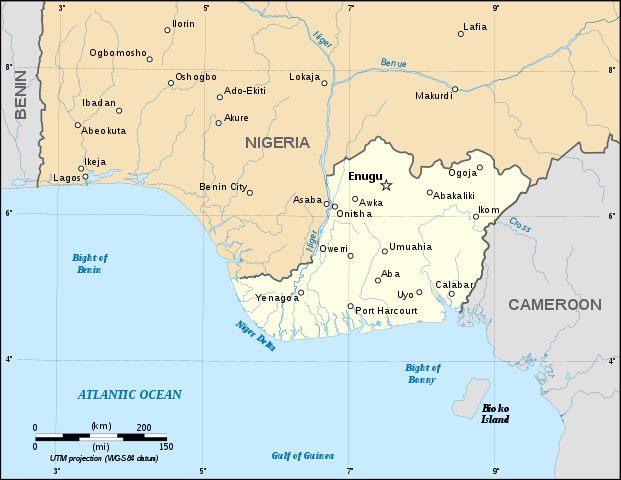
Akintola’s alliance led to the formation of the Nigerian National Democratic Party and was headed by the man himself. The federal government then reinstated the party as well as its leader into power without an election, leaving Awolowo and his followers at the wrong end of the stick.
Subsequently, Awolowo was arrested for treason and convicted on the 11th of September, 1963, along with his supporters.
The trio, together with their political party, held electoral campaigns in 1964 for positions in the Nigerian House of Representatives and won amidst a lot of criticism from others. The President of the Federation, Dr. Nnamdi Azikiwe, requested that a re-election process took place but was put under house arrest by the military GOC.
These events led to widespread civil unrest in the nation. Violent tactics such as “Operation Wetie,” otherwise known as “necklacing,” were used by rival political factions against each other.
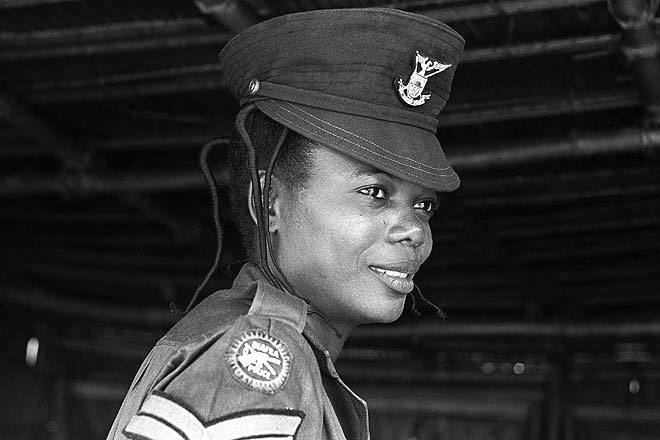
On January 15, 1996, Igbo military officers Major Patrick Chukwuma Kaduna Nzeogwu and Major Emmanuel Ifeajuna lead a military coup to remove those in power.
The acts that constituted the coup took place in Kaduna, Lagos, and Ibadan (major cities in the country). They also blocked the Rivers Benue and Niger and succeeded in capturing and eliminating prominent leaders in power. Among them were Alhaji Tafawa Balewa, Ladoke Akintola, Ahmadu Bello, some senior army officers and protective sentinels on duty, all amounting to 22 people in number. They were killed over a 2-day period before the coup plotters were subdued.
But rather than mete out the punishment due to the erring officers, the newly instated military head of the nation, Major General Johnson Thomas Umunnakwe Aguiyi-Ironsi merely allowed the perpetrators to resume their positions in the army as if nothing had happened. Some of them even got promotions which lead to a popular belief that the aim of the coup was to pave the way for Ironsi’s succession and because Aguiyi-Ironsi was from the Igbo tribe, the same tribe the two majors that spear-headed the coup belonged to, the idea seemed plausible. His actions, therefore, lead to tribalistic tension in the west and in the north.
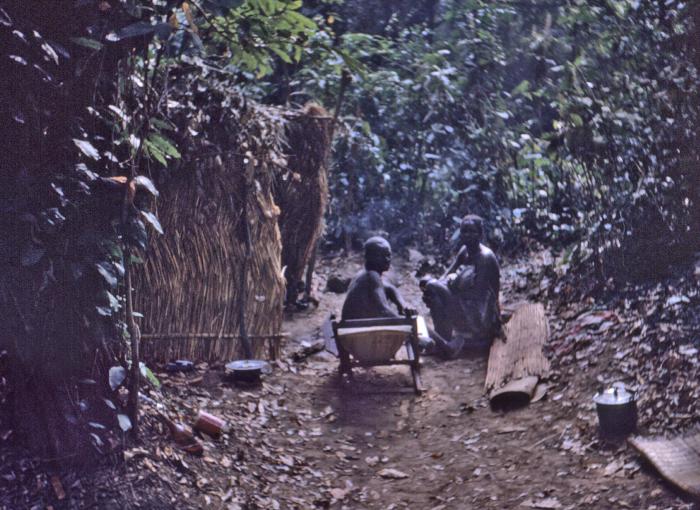
As if history was playing a game of dominoes, the tension amongst the major tribes led to the orchestration of a counter-coup, this time to eliminate the military head of state as well as the Igbo leaders. The coup took place on July 29, 1966, and ended on August 1 of the same year with the demise of Aguiyi-Ironsi and his military associates and the emergence of a northern leader in the person of General Yakubu Gowon as the military head of state.
Emmanuel Ifeajuna, one of the leaders of the January 15th coup, fled to Dahomey (Benin Republic) and then to Ghana where he was warmly received and granted protection by the Ghanaian leader Kwame Nkrumah but returned to Nigeria when Nkrumah was overthrown and then executed a year later.
A pogrom of the Igbo Christians by Muslims in the Northern Region began in June 1966, and the sickening charade went on until October of the same year. Of the killings, child killings were of the highest number and on the 29th of September 1966, the term “Black Thursday” was permanently etched into Nigerian history.
In a statement made by the Military head, General Yakubu Gowon, he urged the Northerners to stop the killing of the Igbos but to no avail. This led to the hasty departure of the Igbo population to their homeland in the Eastern Region and subsequently their attempt to secede from the Federal Republic and form the independent sovereign state of Biafra.
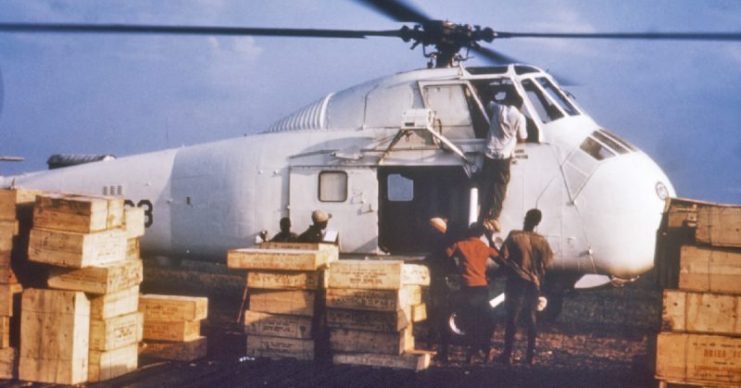
The secessionist state of Biafra, which constituted the whole of eastern Nigeria, existed from 30 May 1967 until January 1970 under the leadership of its president, Col. Dim Chukwuemeka Odumegwu Ojukwu. Prior to the breakaway, a meeting was set up in Aburi, Ghana, by Ghana’s leader, General Joseph Ankrah, to bring about a peaceful resolution of the conflict between the commander-in-chief of the Federal Republic and the leader of the Eastern Region, Gowon and Ojukwu respectively.
The meeting ended with the clinks of wine glasses and smiling faces. However, the celebrations of peace and unity were short-lived and the impending war broke out on 6 July 1967 between the Federal Republic of Nigeria and the secessionist state of Biafra.
The war, which lasted two and a half years, was won by the Federal Republic of Nigeria. The Biafrans suffered appalling levels of starvation and neglect. All trade and transport routes had been blocked, leaving the people cut off from food supplies and medical attention. It all came to an end with the surrender of the Biafran territory and the flight of its leader, Ojukwu, to the Ivory Coast where he was granted political asylum by the president.
Needless to say, tribalistic strife is still very much evident in the Nigerian population, and to date, the large majority of positions of power are still held by Northern politicians, much to the distaste of other tribes.
